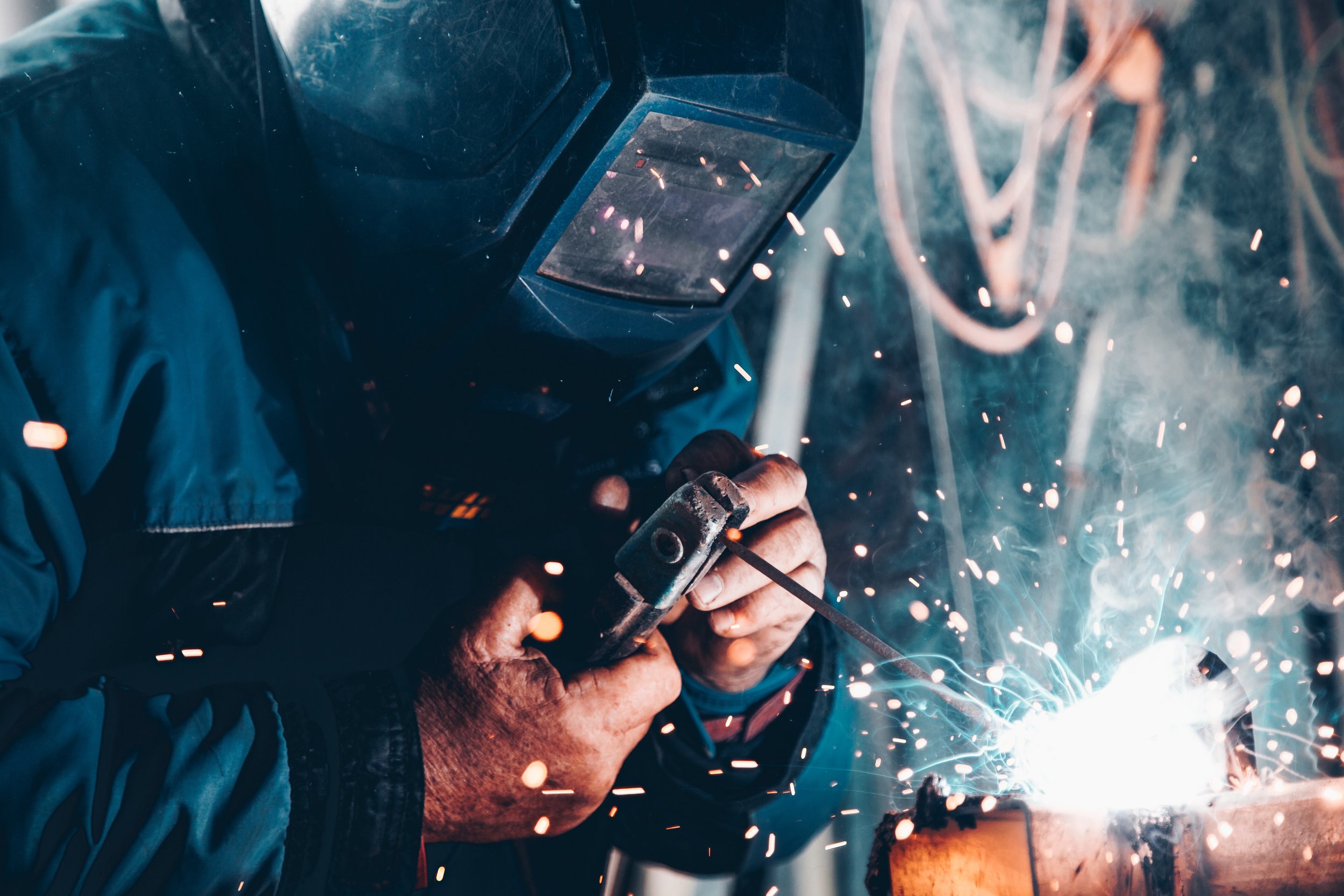Welding services are vital in a variety of industries, and the technicians complete complex services with dangerous tools. When welding, a mistake could lead to serious injuries, fires, and even explosions in the workplace, making it essential to have top-of-the-line equipment from the pros at ISAT or your local provider.
Business owners who hire welders for various tasks must schedule maintenance services and safety inspections at regular intervals. If the tools are not safe, a worker could become injured and may require an extensive recovery period after speaking to specialist lawyers at nylaw.net to organize compensation. By learning how to maintain the tools and products, businesses protect workers and mitigate risks.
1. Blow Out Debris Twice a Year
Welding products and tools accumulate debris that could lead to contaminants and pollutants getting into the finished product. Debris accumulation can also cause tools to fail or allow gasses to build up in the lines. By using a blower or vacuuming out the lines at least twice a year, the products and tools operate more efficiently and won't increase potential risks for the workers. Businesses can learn more about a welding product supply source and maintenance tasks by contacting a vendor right now.
2. Clean the Welding Gun and Liner Assembly
The entire welding gun and liner assembly must be cleaned daily to improve the quality of the work. The materials used to create joints can build up in the welding gun and liner assembly creating hazardous conditions for the welder and all products the workers complete each day. At the end of their shift, the tools must be cleaned as directed by the product's care instructions.
3. Test and Inspect All Gas Cylinders and Connections
Many welders use gas to create welded materials and to get a pure flame running from the welding equipment. Gas leaks and clogs can cause serious risks for these individuals and take a toll on the machinery. At the end of each 100 hour period, the gas cylinder and all connections must be tested for leaks and clogged lines to prevent problems and on-the-job hazards. By reviewing maintenance steps, welders can reduce gas-related injuries and accidents, and the company can use the tools and products for longer periods of time.
4. Clean Up All Fluids
At the end of each weld, the worker must clean up all contaminants around the workspace and off the equipment. With torches, there is a higher probability of fuel leaks within the designated work areas, and employees must clean up the debris after each job is completed. Any spills found around the equipment must be cleaned thoroughly to prevent slip and fall accidents and direct exposure to fuel in the workspace.
5. Replace Any Cracked Cables
Cracks in cabling can prevent the workers from performing tasks effectively. An inspection of the cables and all connections for torches and other welding tools or products cuts down on accidents in the workplace, and these assessments can help the business owner mitigate serious risks to the workers and the building. Welding equipment presents its own share of hazards, but cracked cables can intensify these risks and lead to serious injuries and even fatalities.
Welding tools and products have specific maintenance requirements to lower the risk of worker injuries and keep contaminants out of the finished product. Simple tasks can also improve the performance of the tools and extend the products' life cycles. By learning how to maintain these tools, businesses get more use and value from the products.


